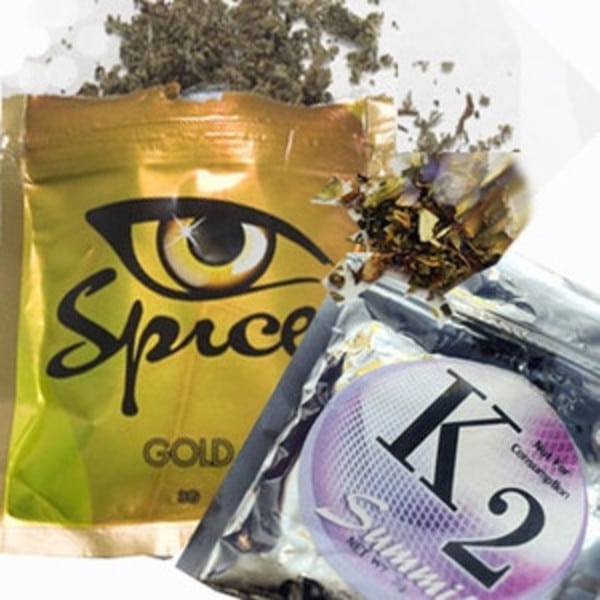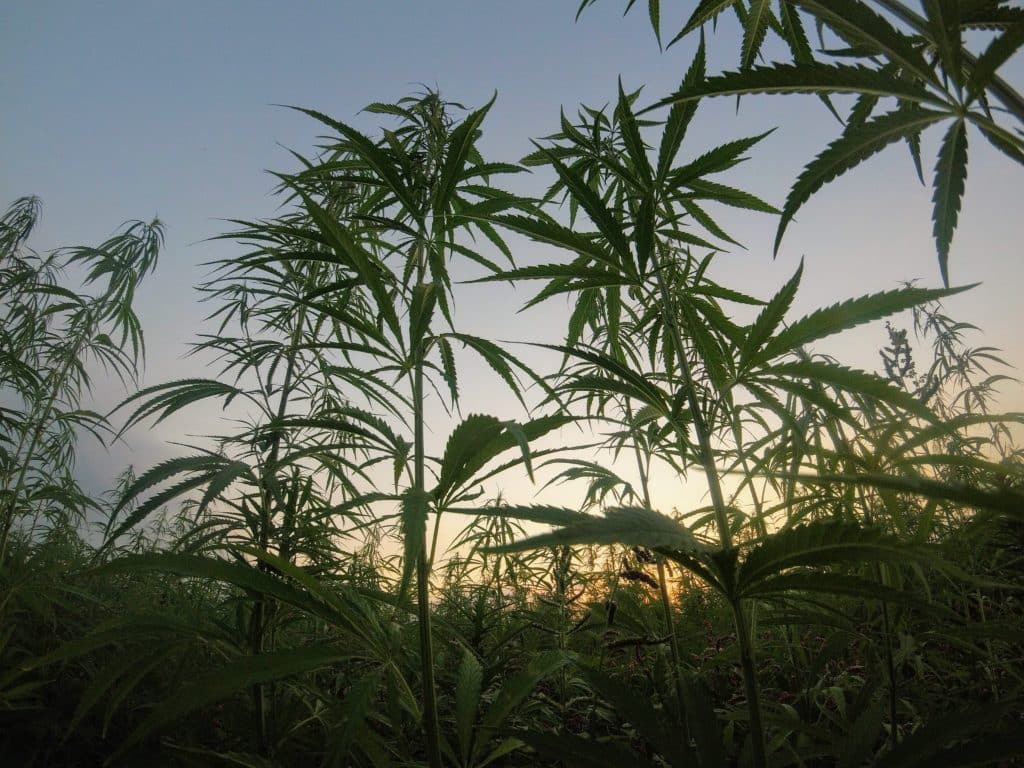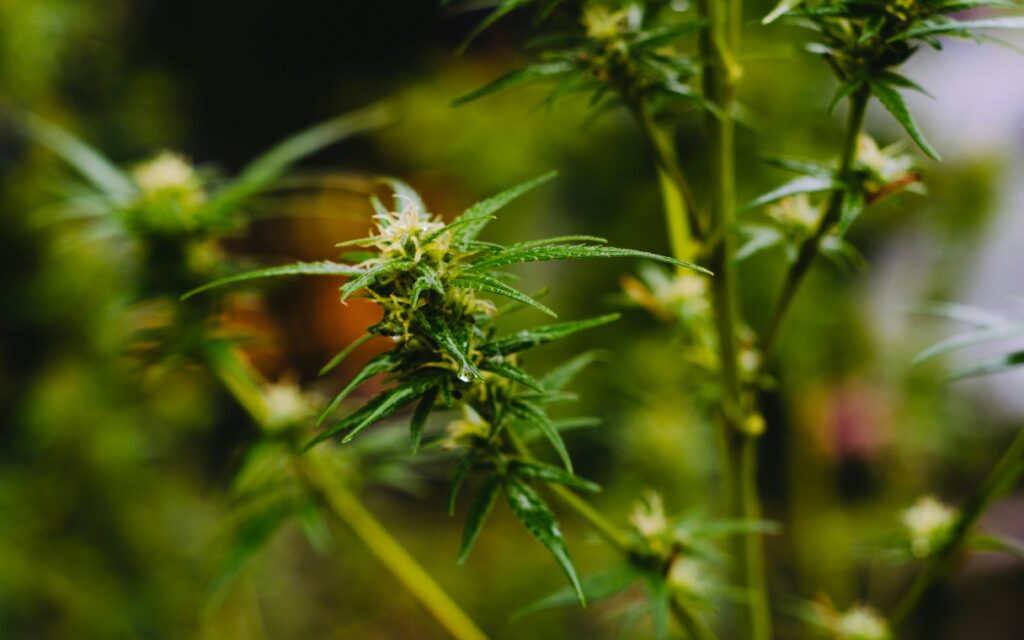
And Why We Should Stop Confusing These Terms
by Loren DeVito, PhD, Staff Writer for Terpenes and Testing Magazine
A recent wave of synthetic cannabis overdoses has sounded an alarm on the dangers of cannabis. But these overdoses are actually part of a larger, growing problem that has developed over the past few years. According to the Centers for Disease Control and Prevention, there has been a significant increase in the number of people treated for acute synthetic cannabis exposure from 2010 to 2015.[1]
While synthetic cannabinoids can cause serious side effects and even death due to overdose, no serious side effects or overdose from natural cannabis has even been reported.[1,2]
So, why would synthetic cannabinoids be harmful if natural cannabis is safe? What’s the difference in a name?
Synthetic Cannabinoids
Compounds known as synthetic cannabinoids were originally created in the lab as a way to study the chemical properties of the cannabis plant.[3] Many of these formulations were tested in clinical trials and some were found to be beneficial for certain conditions. In fact, the FDA has approved a few synthetic cannabis medications to stimulate appetite in patients with AIDS or cancer and, more recently, to treat severe forms of epilepsy in children.
However, in 2010, cannabis compounds developed for lab and medical use made it out onto the streets. Law enforcement agencies found these rogue substances online and on the street mixed into herbal incense that people were smoking for cannabis-like effects.[3,4]
“K2,” also known as “spice,” is the most common synthetic cannabis drug on the street. K2 is made of plant material that is sprayed with chemicals. Many people who buy cannabis on the street are often not aware that the cannabis they are consuming is synthetic; others seek out these products due to their low price. Additionally, synthetic cannabinoids do not show up on a drug test.[5]
But because natural cannabis is known to be safe, this confusion in naming can cause serious damage.
The Effects of Natural vs. Synthetic Cannabis
Although people who consume synthetic cannabinoids may first experience similar effects to those of natural cannabis, K2 and other products generate a strong intoxicating “high” and may also increase blood pressure, anxiety, and agitation, and cause nausea and vomiting.[4] Some reports have also indicated that consumption can also cause hallucinations, chest pain, confusion, and dizziness. More serious side effects include seizures, permanent heart and kidney damage, psychosis, and even death.[6,7]
Cannabinoids in natural cannabis bind to the cannabinoid 1 and cannabinoid 2 receptors; however, in synthetic cannabis, this binding is much tighter which causes stronger effects. Additionally, synthetic cannabinoids are broken down differently in the body due to their unique chemical structure and properties.[6] To make matters more complicated, K2 and other products are often laced with other street drugs – in those cases, it is impossible to predict the effects of consumption.
K2 Is Not Cannabis
While it is quite clear that synthetic cannabinoids are different from natural cannabis, the similarities in naming are confusing and may cause people to assume that all cannabis and cannabis-like compounds are the same. They are not.
Cannabis grown from the ground or in a greenhouse, as well as FDA-approved cannabis-based medicines, should not cause serious side effects. However, it is always important to make sure that your cannabis has undergone vigorous testing such that it is free of any microorganisms, heavy metals, and pesticides, as well.
If you live in a state where medical or recreational cannabis is legal, always make sure to talk to your dispensary about any questions you may have about products, including where they were grown and how they were produced, before you purchase them.
References
- Riederer, A.M., et al., “Acute Poisonings from Synthetic Cannabinoids — 50 U.S. Toxicology Investigators Consortium Registry Sites, 2010–2015”, MMWR, 2016, Volume 65. (impact factor does not apply; cited by 29)
- US Department of Justice Drug Enforcement Agency. “Drugs of Abuse. A DEA Resource Guide”, 2017 Edition. (impact factor does not apply; citations not available)
- Wiley, J.L., Marusich, J.A., Huffman, J.W., Balster, R.L., Thomas, B.F., “Hijacking of Basic Research: The Case of Synthetic Cannabinoids”, Methods Rep RTI Press, 2011, Publication No. OP-0007-1111. (impact factor unknown; cited by 53)
- Papaseit, E., et al., “Cannabinoids: From Pot To Lab”, Int J Med Sci, 2018, Volume 15. (impact factor = 2.399; citations not listed)
- Tellioglu, T., “Synthetic Marijuana – What Do We Know about This Recent Hazard on the Streets?”, J Drug Abuse, 2018, Volume 4. (impact factor = 3.278; cited by 89)
- Tai, S., Fantegrossi, W.E., “Pharmacological and Toxicological Effects of Synthetic
Cannabinoids and Their Metabolites”, Curr Top Behav Neurosci, 2017, Volume 32. (impact factor = 2.71; cited by 28)
- Ford, B.M., Tai, S., Fantegrossi, W.E., Prather, P.L., “Synthetic Pot: Not Your Grandfather’s Marijuana”, Trends Pharmacol Sci, 2017, Volume 38. (impact factor = 8.38; cited by 22)
Image source:
To read more articles like this one, visit www.terpenesandtesting.com and www.extractionmagazine.com





